
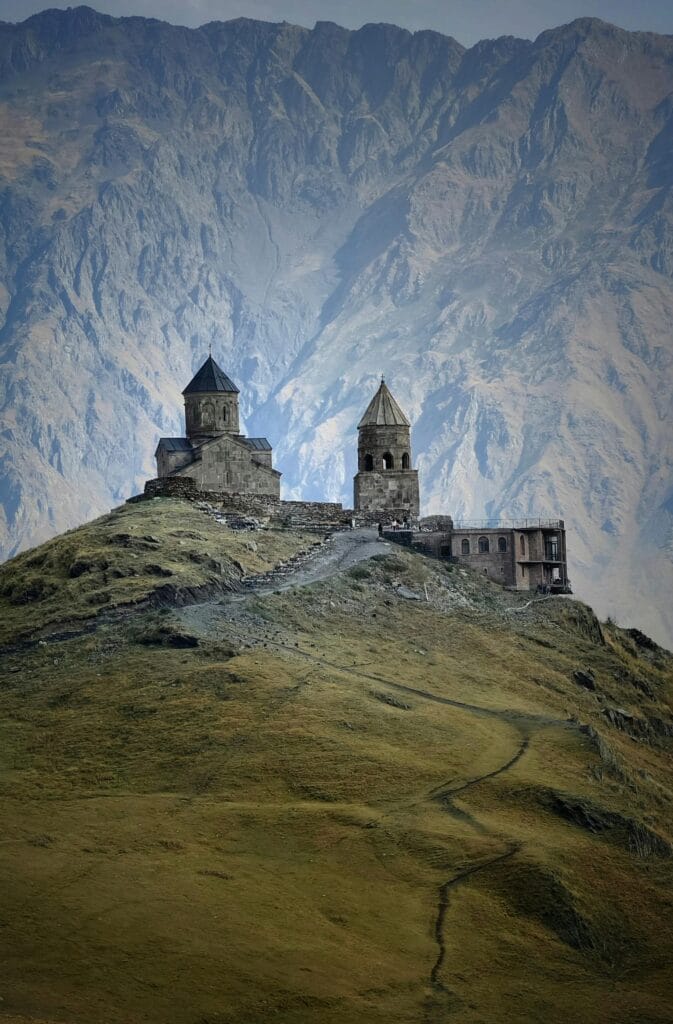
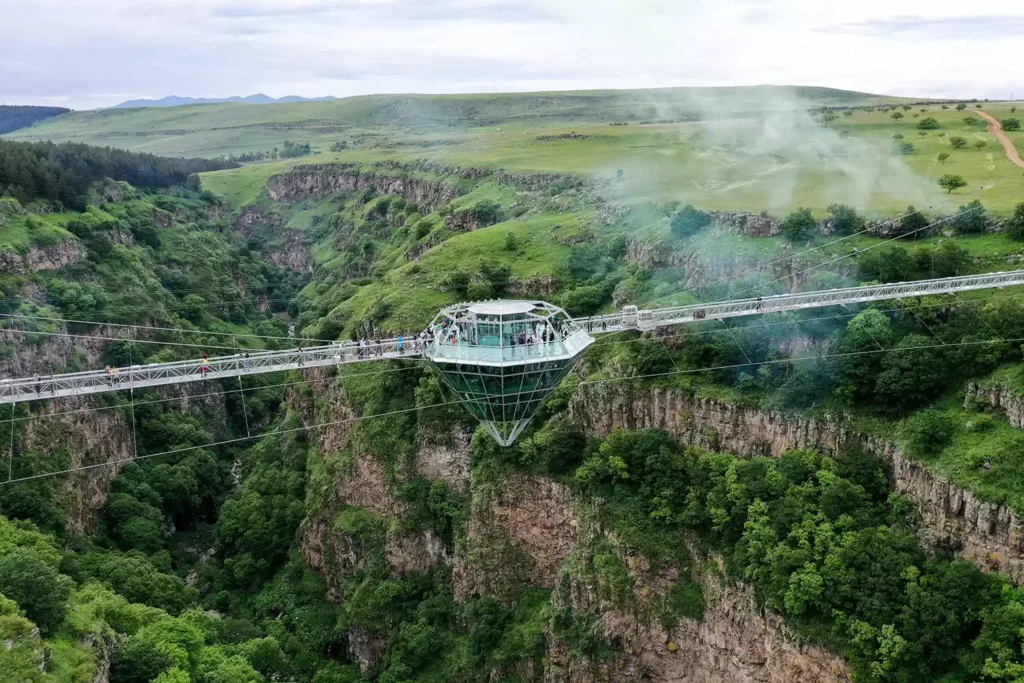

DAY 01 | Arrival to Kathmandu
We’ll begin our adventure in Nepal’s vibrant capital, Kathmandu. Here, we’ll settle into a 4-star hotel in the lively Thamel district—the city’s cultural and tourist hub. As everyone arrives, we’ll gather for a welcome dinner, a great chance to meet fellow trekkers and set the tone for the journey ahead.
DAY 02 | Flight to Pokhara
Next, we take a short domestic flight to Pokhara, lasting about 30 minutes. Keep in mind, weather delays are common, so flexibility is key! Once we land, we’ll head straight to the trail. A 3-hour drive will take us to Matque, where the trek officially begins by crossing the region’s longest suspension bridge. Our first challenge? A steep stair climb—an energetic start to warm us up! We’ll hike a short distance to Chhomrong, where we’ll take in our first panoramic views of the Himalayas.
Overnight stay in Chhomrong.
DAY 03 | Heading to Dovan
We set out early toward Dovan, hoping to catch a stunning sunrise along the way. Our path takes us through the serene villages of Sinuwa and Bamboo, where forested hills give way to lush jungle terrain.
Overnight in Dovan.
DAY 04 | Destination Machhapuchhare Base Camp (MBC)
We set out early toward Dovan, hoping to catch a stunning sunrise along the way. Our path takes us through the serene villages of Sinuwa and Bamboo, where forested hills give way to lush jungle terrain.
Overnight in Dovan.
DAY 05 | Reaching ABC
From Dovan, we make our way to Machhapuchhare Base Camp (MBC). The trail features dramatic waterfalls and the scenery shifts to high alpine landscapes. As we leave the forest behind, towering peaks surround us. One of the most awe-inspiring sights is Machhapuchhare (Fishtail Mountain)—a sacred summit never climbed.
Overnight in MBC.
DAY 06 | Sinuwa
We continue our trek downhill to Lower Sinuwa. Even though we’ve walked this route before, the views on the return feel brand new from the opposite direction.
DAY 07 | Jhinu Danda
From Lower Sinuwa, we trek to the charming village of Jhinu Danda. There, we’ll unwind in natural hot springs—so don’t forget your swimsuit!
Overnight in Jhinu Danda.
DAY 08 | Back to Pokhara
The journey back to Pokhara begins as we cross the suspension bridge once again and take jeeps back to the city. Tonight, we reward ourselves with a luxurious stay at a 5-star spa hotel in Pokhara.
DAY 09 | Flight to Kathmandu
Back to Kathmandu! We’ll take an afternoon flight, and once in the capital, we’ll hold a small closing ceremony with certificate distribution. You’ll also have free time to browse local shops and pick up souvenirs in Thamel.
Overnight in Kathmandu.
DAY 10 | Back to Home
Until next time, beautiful Nepal—you’ll stay with us forever in spirit.
A la prochaine!
*LOA reserves the right to change or cancel any of the activities during the trip in case of unforeseen circumstances.
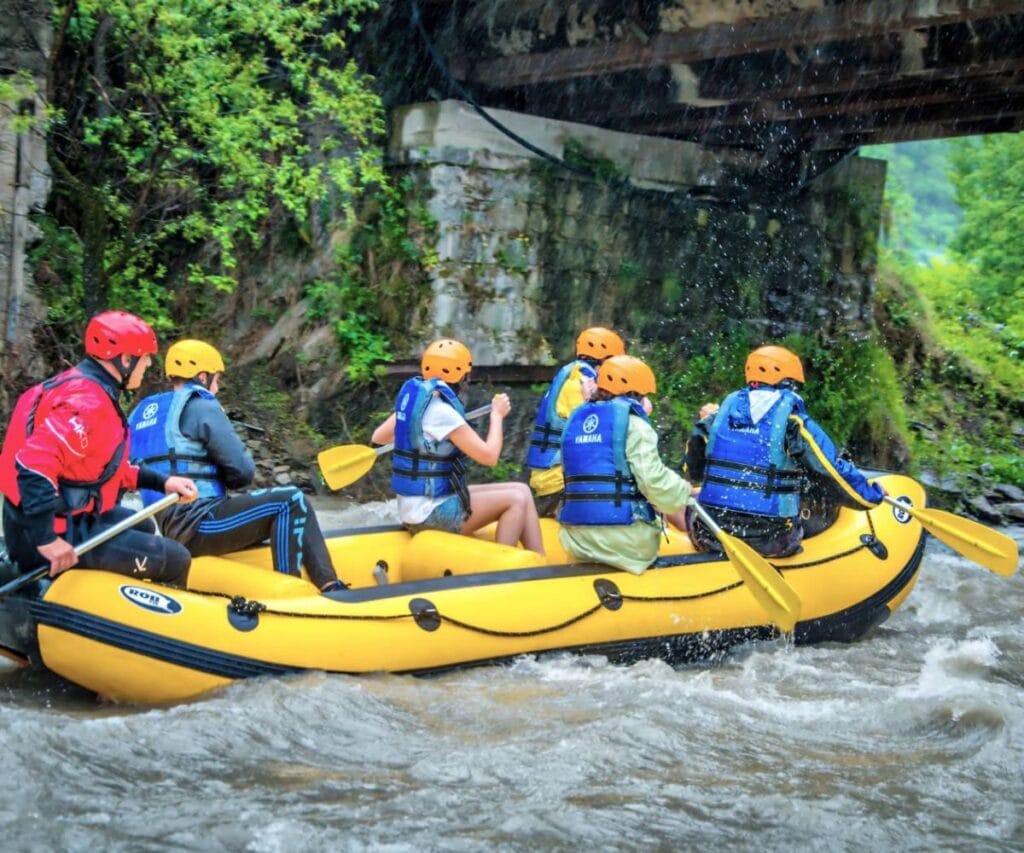
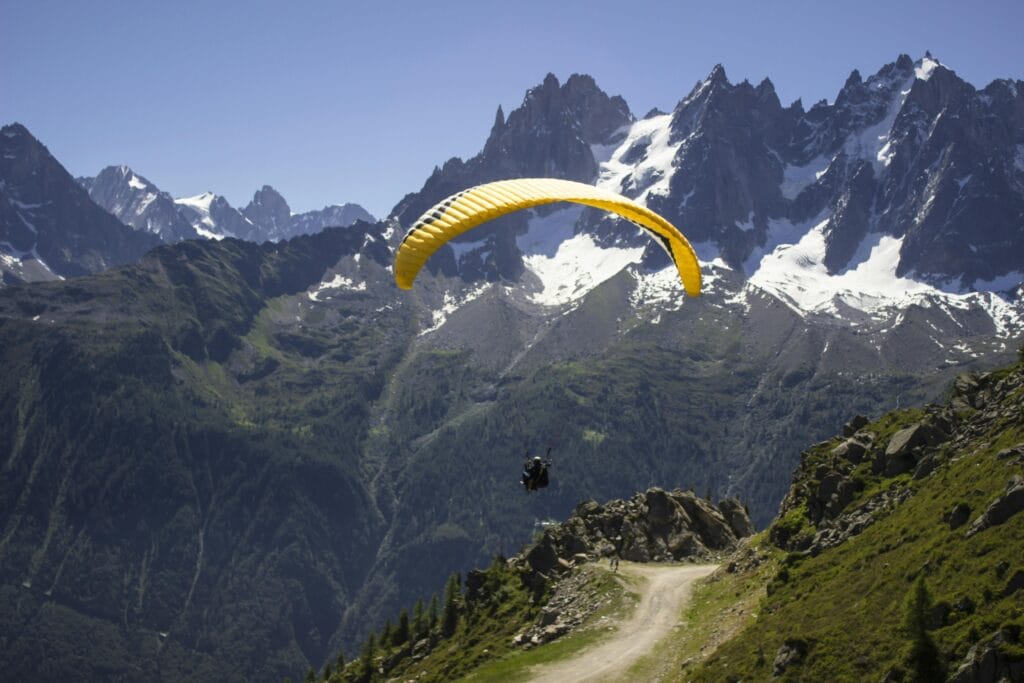
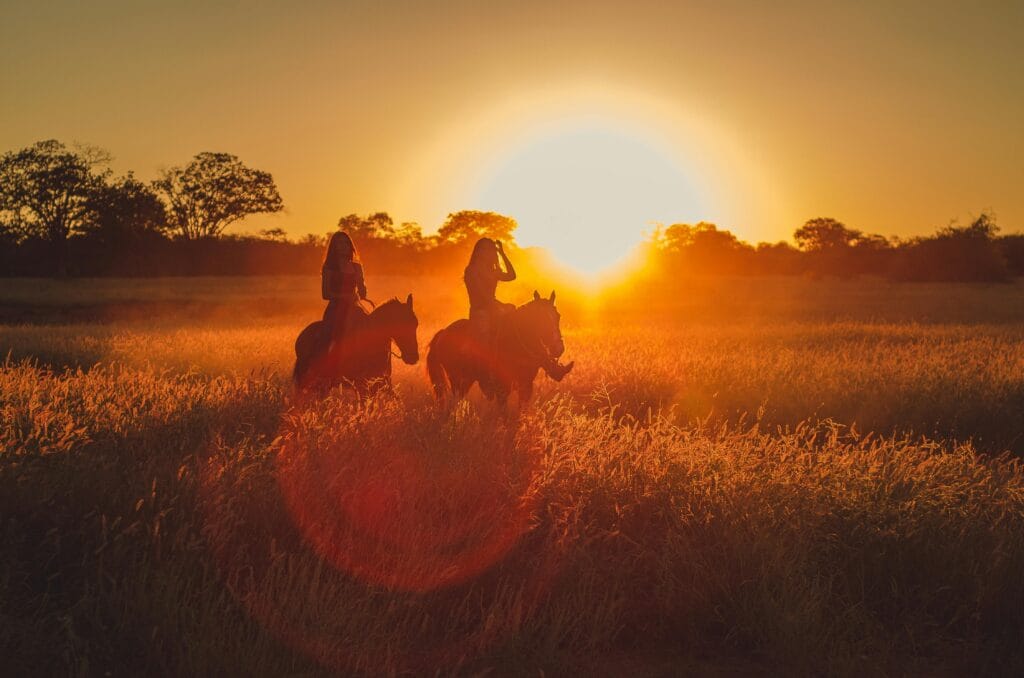
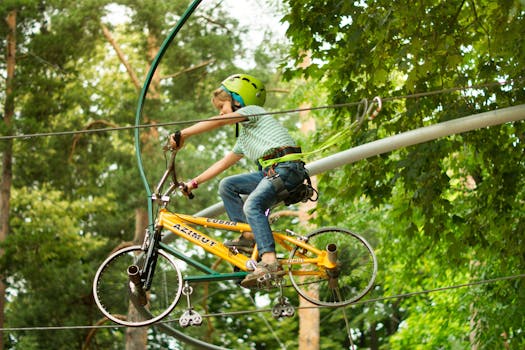
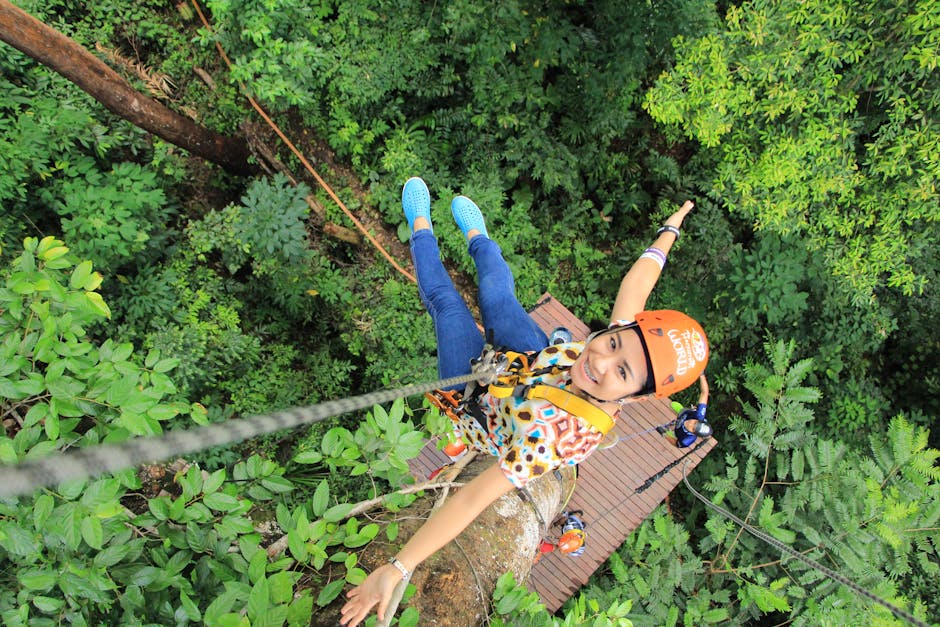



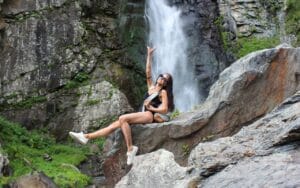
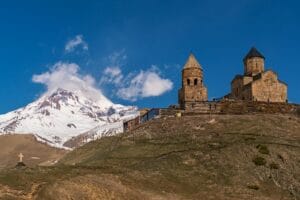
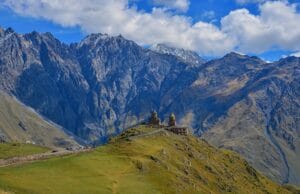
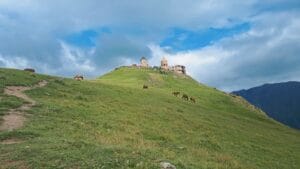
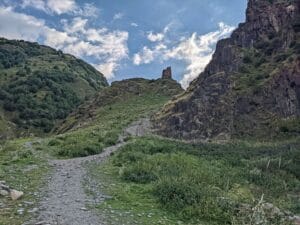
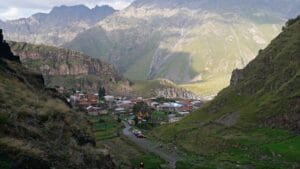


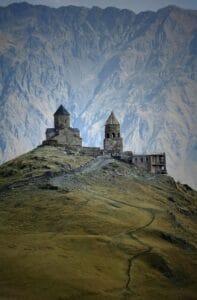
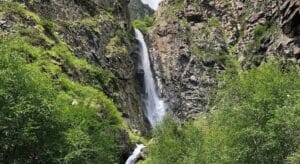
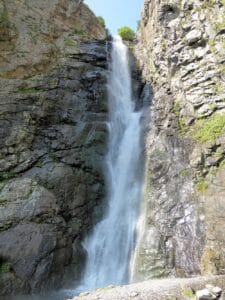
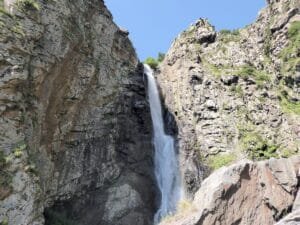
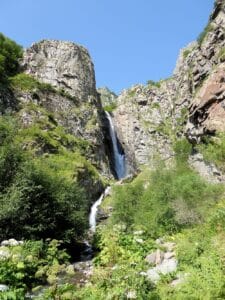

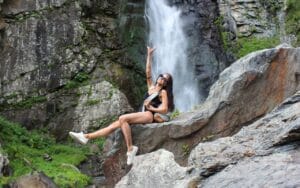
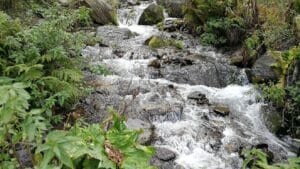
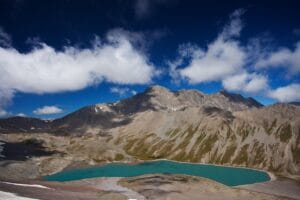
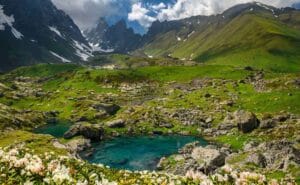
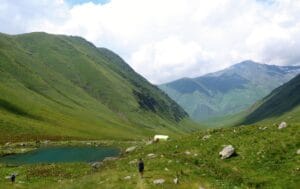
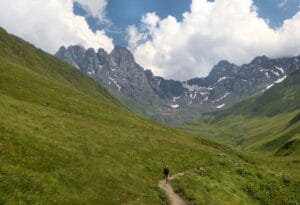
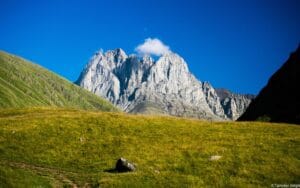
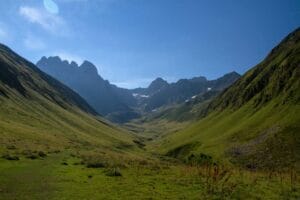

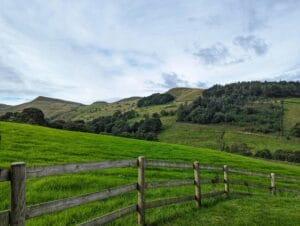


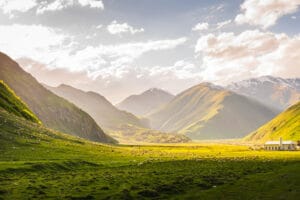
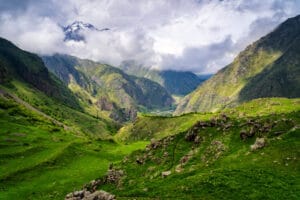
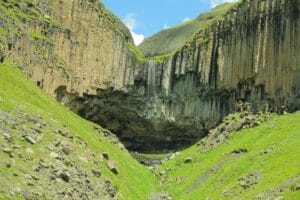
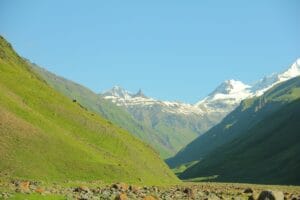
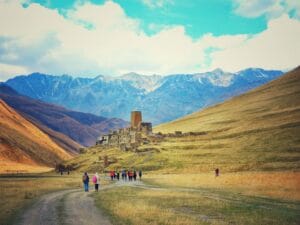
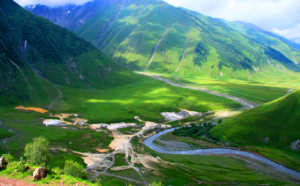
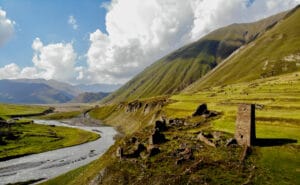
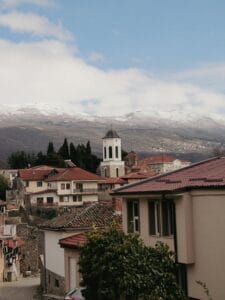
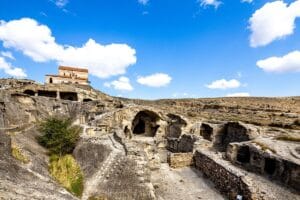

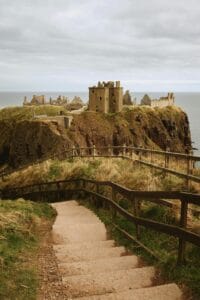
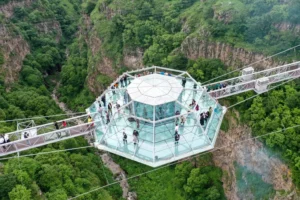
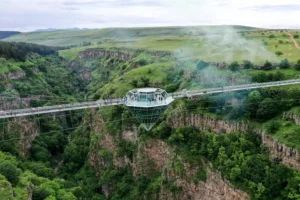

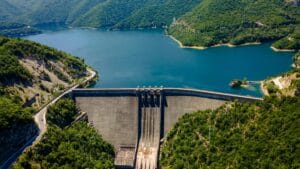
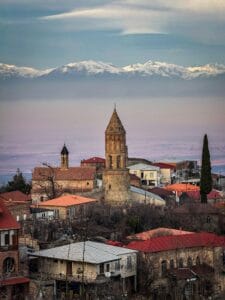
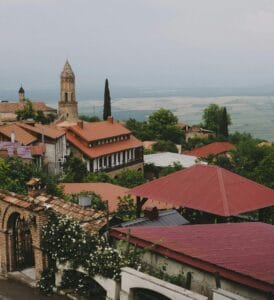
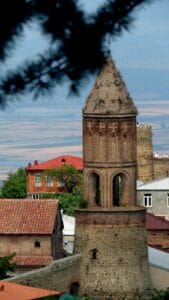
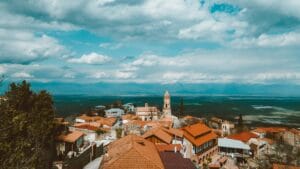
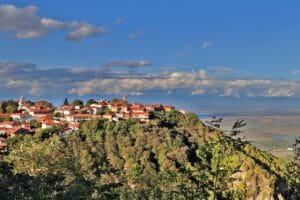
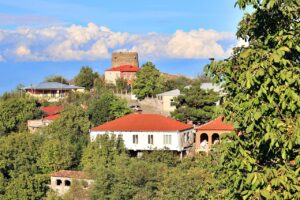
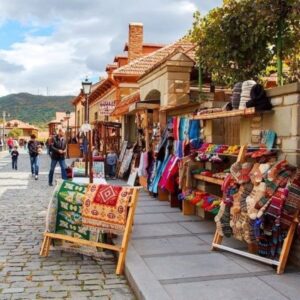
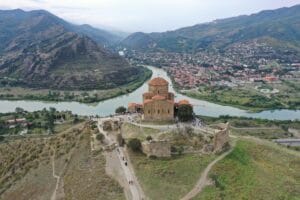
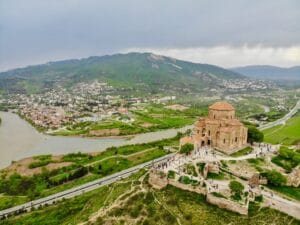
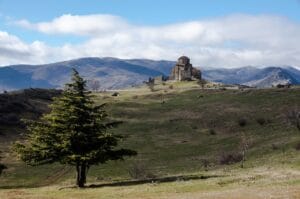
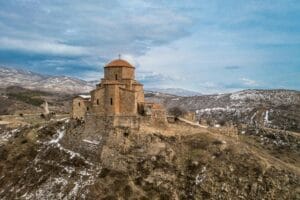
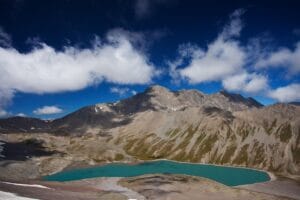
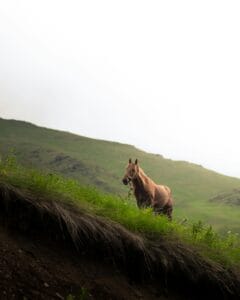
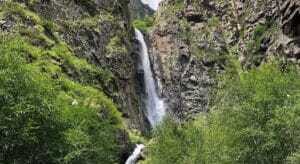
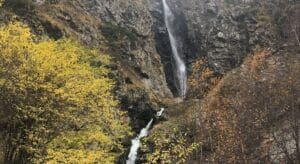
What will the weather be like during our trek?
The best time to trek in Nepal falls during the dry windows of October–November and March–April, which lie just before and after the monsoon season. These months typically offer the most stable weather and comfortable temperatures in the Himalayas. That said, the mountains have a mind of their own—conditions can shift rapidly, with sudden rain or even snow. No need to worry though—if you pack according to our checklist, you’ll be ready for any surprises along the trail!
What about the Visa to Nepal?
Nepal offers a convenient “Visa on Arrival” system for most travelers. The process is quick, easy, and handled directly at the airport—no extra documents are required in advance.
However, citizens of certain countries must obtain a visa prior to arrival through the nearest Nepali embassy or consulate. These countries include: Nigeria, Ghana, Zimbabwe, Swaziland, Cameroon, Somalia, Liberia, Ethiopia, Iraq, Palestine, Afghanistan, Syria, and all travelers holding refugee travel documents.
Visa fees are as follows:
- 15 Days – USD 30
- 30 Days – USD 50
- 90 Days – USD 125
As part of our support, The Sports Guru will send you detailed guidance and an instructional video before your departure to help you smoothly navigate the visa process.
Please note: Entry requirements can change at any time. It is the traveler’s responsibility to verify the latest regulations based on their nationality. The Sports Guru cannot be held responsible for visa denials or travel interruptions due to incomplete or incorrect documentation.
Who Can Join This Trek?
First-time Trekkers with Basic Prep: If you’re in decent shape and can train for a couple of months, you can successfully complete this trek—even without prior altitude experience.
Outdoor Lovers & Hikers: Those used to long walks and nature trails will adapt quickly.
Generally Healthy Individuals: If you have no major issues with your heart, lungs, or mobility, you’re good to go.
Mentally Determined: Your mindset matters—staying positive and resilient plays a big role.
Who Might Face Challenges?
- People with Serious Joint/Knee Pain: The trek includes many stair sections that can be tough on joints.
- Those with Breathing Difficulties at Altitude: If you have known respiratory conditions, this might not be suitable.
- Anyone Unable to Hike 5–7 Hours Daily: Multi-day endurance is key—be honest about your fitness level.
With the right preparation and attitude, ABC can be a life-changing and reachable goal.
Do I have to worry about altitude sickness on the ABC Trek?
Altitude sickness can occur on the Annapurna Base Camp trek, but it’s generally mild and manageable.
The highest elevation you’ll reach is 4,130m (13,550 ft) at Annapurna Base Camp. While this isn’t considered extreme altitude (which starts above 5,000m), some trekkers may still feel the effects of Acute Mountain Sickness (AMS), especially once above 3,500m.
Common mild symptoms include:
- Light headache
- Dizziness
- Nausea or reduced appetite
- Fatigue
- Trouble sleeping
These symptoms are typically short-lived and tend to fade as your body acclimatizes. With proper pacing, hydration, and rest, most trekkers complete the trek without serious issues. Severe conditions like HAPE (fluid in lungs) or HACE (brain swelling) are extremely rare on this route.
Where will we sleep during the trek?
During the Annapurna Base Camp trek, we’ll be staying in traditional tea houses—simple mountain lodges found along the trail. While not luxurious, they offer a cozy place to relax and recharge after a full day of trekking.
Rooms are typically shared (twin or dorm-style) and come with basic bedding—blankets and pillows. As we climb higher, accommodations become more limited, so room sharing becomes more common.
Bathrooms are shared and range from Western-style toilets to basic squat types. In some places, you may encounter only a simple pit toilet. Hot showers are available in many tea houses but can’t be guaranteed at all stops, especially at higher altitudes.
The dining room is the warmest spot in the tea house, usually heated with an electric or wood stove. Bedrooms are not heated, but don’t worry—we’ll provide you with warm sleeping bags to keep you comfortable through the cold nights.
*LOA reserves the right to change or cancel any of the activities during the trip in case of unforeseen circumstances.
